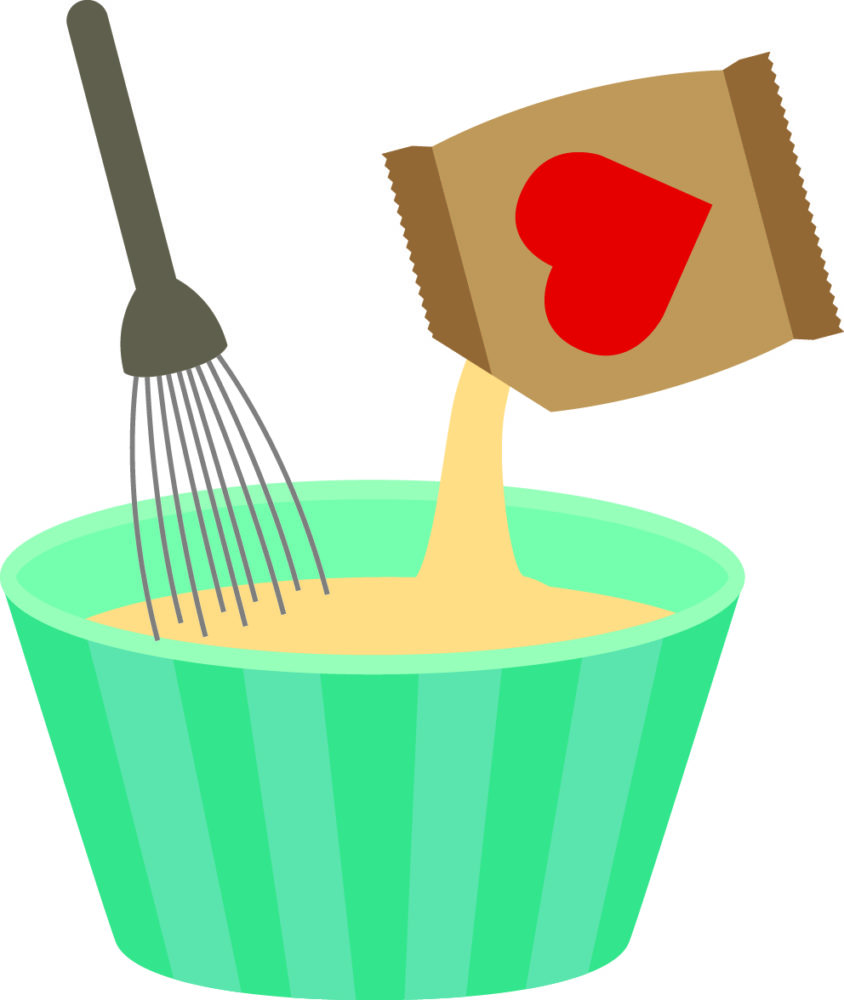
Recipe For Caregiving
Caring for anyone can be an emotional and rewarding journey to help someone that can’t care for themselves. There are simple methods that have made the process as easy as making a pie.
I asked my grandmother once how she became such a good cook and she said, “I learned as I went.” Some people like to have a meal made for them so they can enjoy company rather than feel disappointed in the kitchen. Others want to learn the process to become the best cook they can.
Caregiving is also a learned task that does not come naturally. It takes patience, preparation and a knowledge of some medical situations. Being a good caregiver has little to do with being a good friend, child, spouse or relative. Those titles sometimes can prevent good care because of relationship history. A good caregiver should be there to care for the person’s physical needs and be emotionally available through empathetic responses. Each day will bring new challenges. The adaptable caregiver will have the most success.
When visiting a loved one, use caution when combining caregiving time as quality time. I once spent three hours one day with my grandfather during his last years. I cleaned, cooked and did paperwork. As I was leaving, he said, “Where are you going? You haven’t been here that long.” I said, “I spent 3 hours here.” He said, “You spent them doing other things, but not with me.”
Caregiving can emerge as a gradual process or start abruptly by an unexpected hospital stay. Either way, use the resources available to you. Talk to your discharge planner days in advance. Also, schedule an appointment with a geriatric nurse, physical therapist, occupational therapist or aging life professional to learn about safety training in the home. This could be in the bathroom, navigating stairs or simply getting in and out of a car. There is specialized equipment and techniques that suit everyone. If the home needs modifications to be safe, tell the hospital discharge planner about your concerns before transitioning to a potentially harmful environment.
Find the little things that your patient prefers, such as food, clothing and music. A family caregiver might think their loved one’s preferences are still the same from 20 years ago. A person who was the life of the party might just want to people watch in their later years. On the other end, the previously quiet singer might now be part of a chorus. We all change, and activities should be rewarding and create fulfilment.
Most importantly, always schedule for personal time. Taking care of someone around the clock will create two patients, now including the overworked caregiver. Use respite caregivers, agencies, caregiver grants through local and national non-profit organizations (AARP, Area Agency on Aging, etc.), friends and other family members to help get time to yourself.
This caregiver recipe is easy to follow and will turn into a family favorite.
Ingredients – willingness to learn, patience, outside resources
- Prepare using discharge planners/professionals to create a safe home
- Stir in some patience with trial and error care routines
- Mix in some activities that are centered to your loved one
- Top with care for yourself that recharges your battery
Serve with Love!



